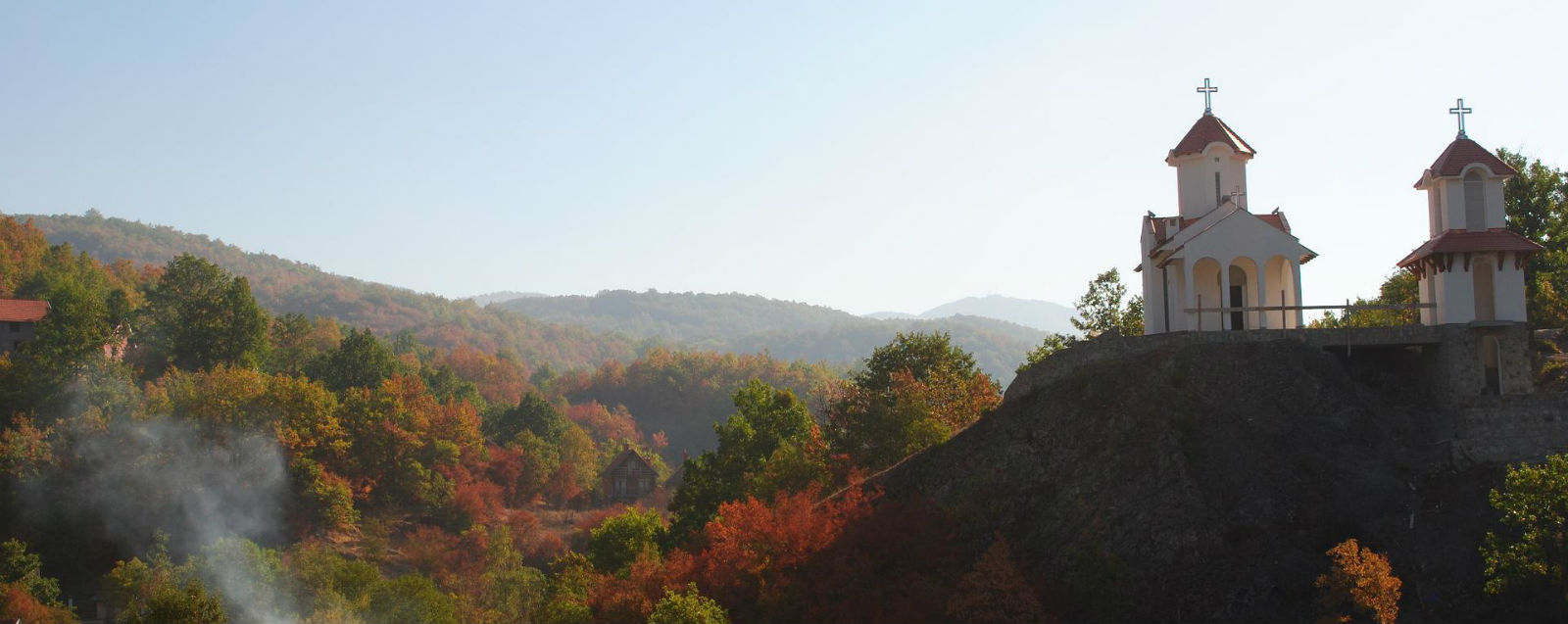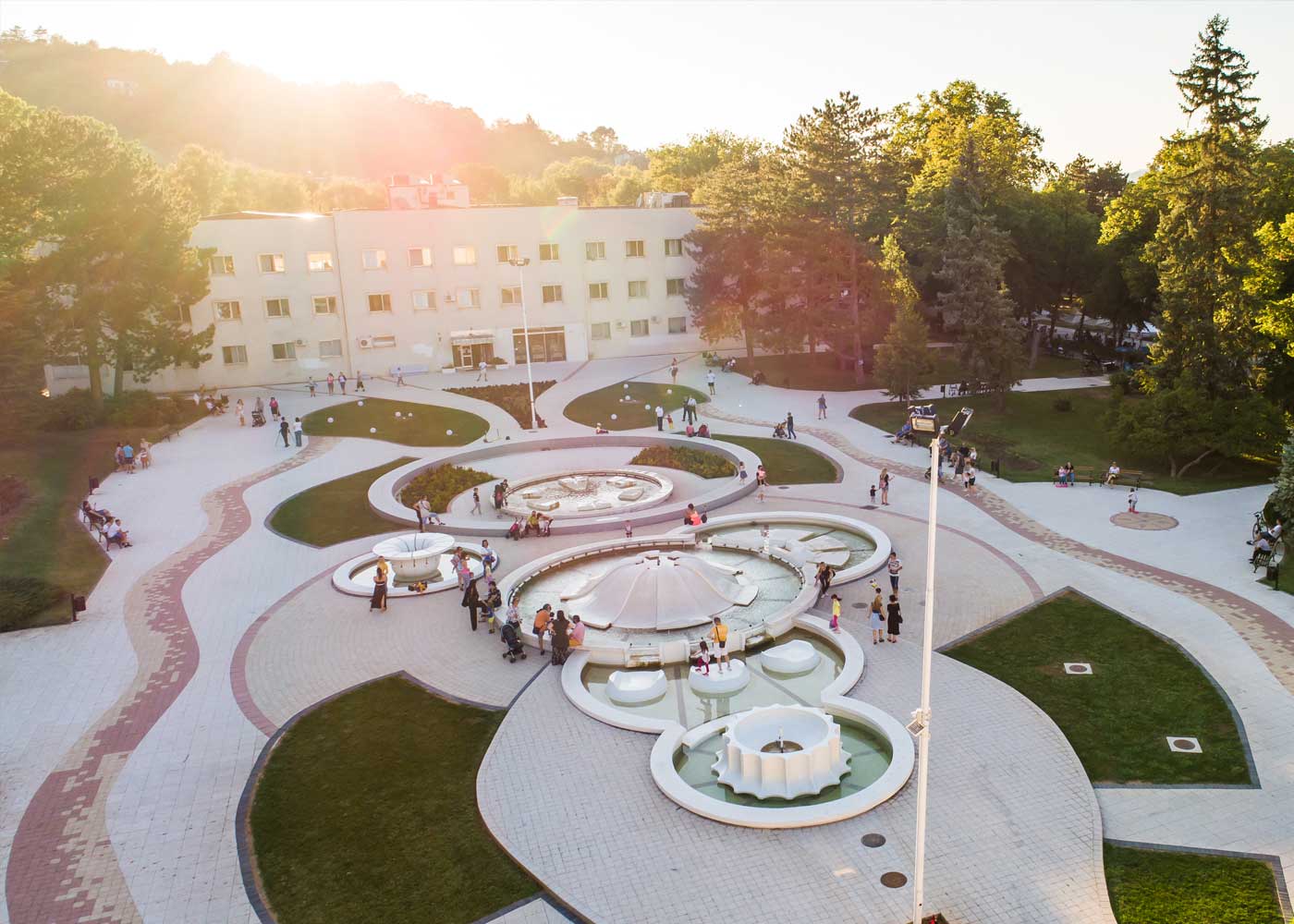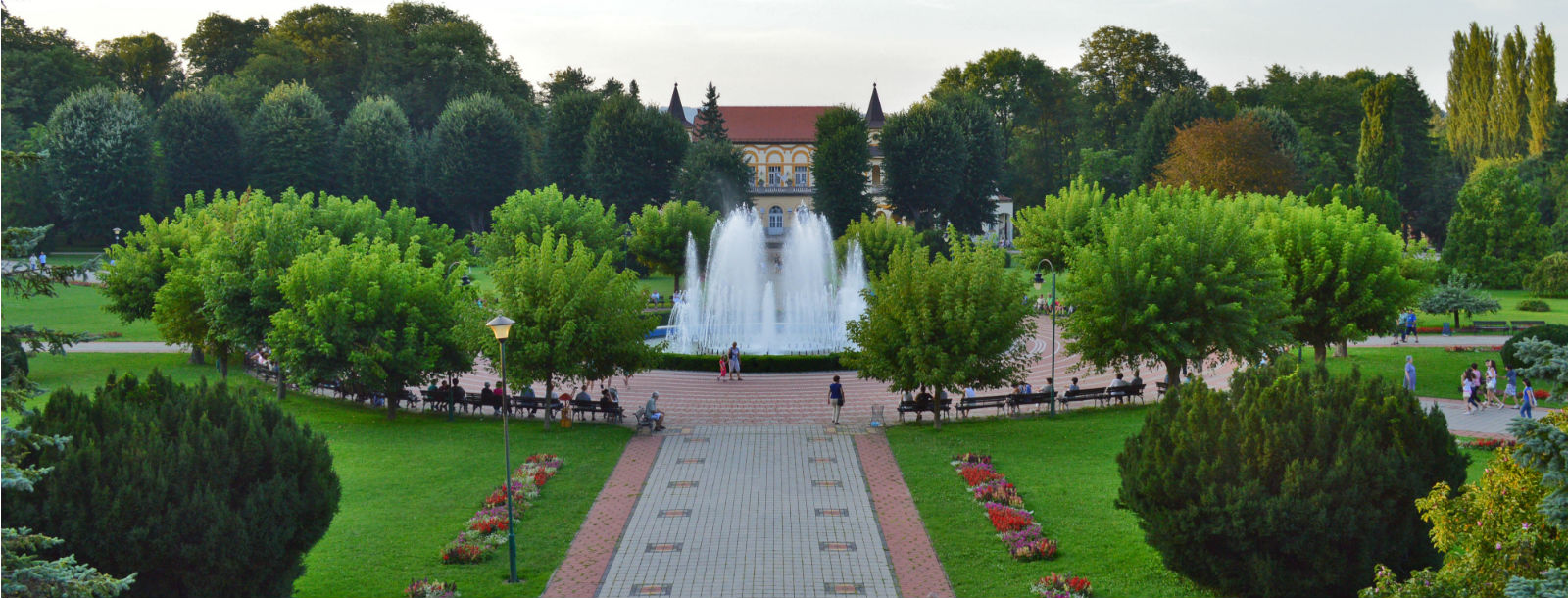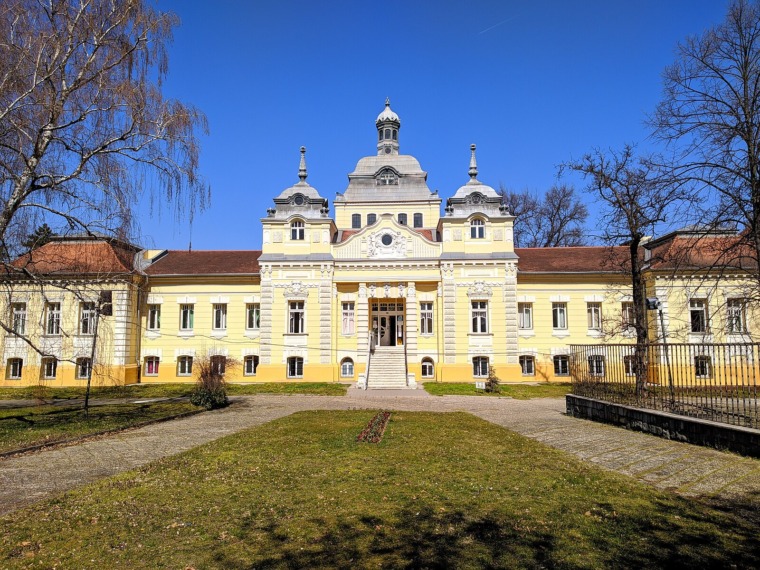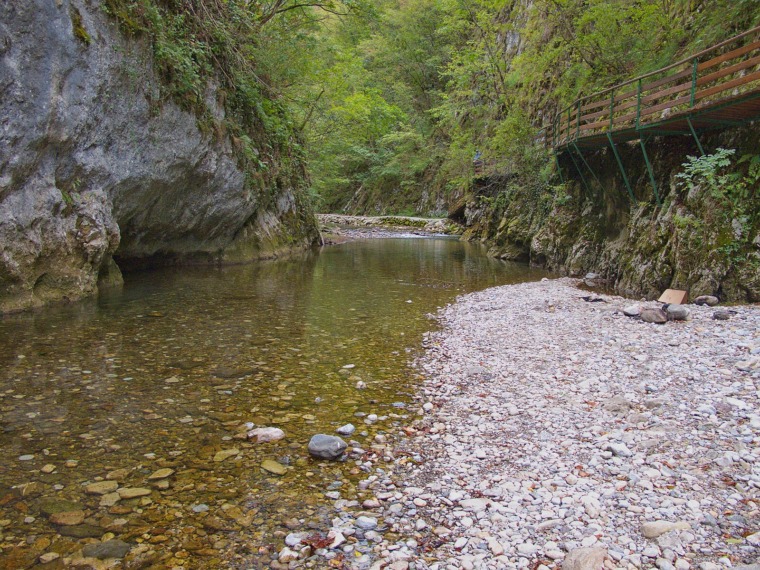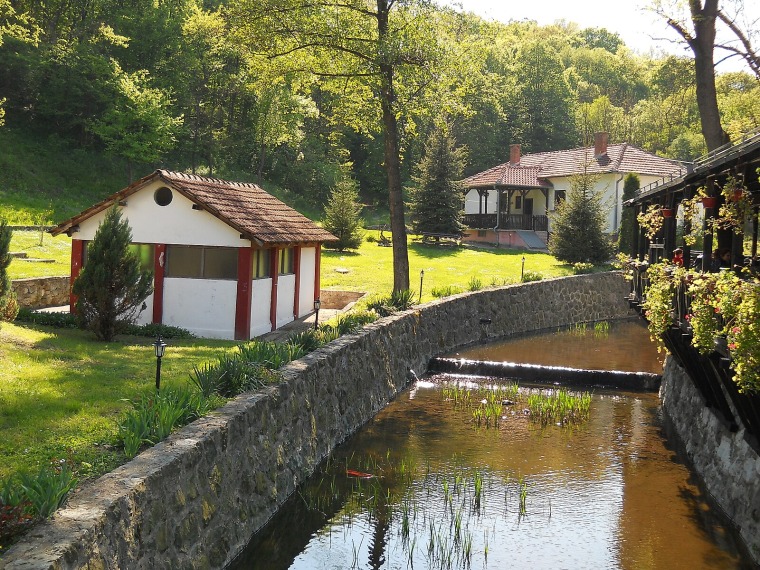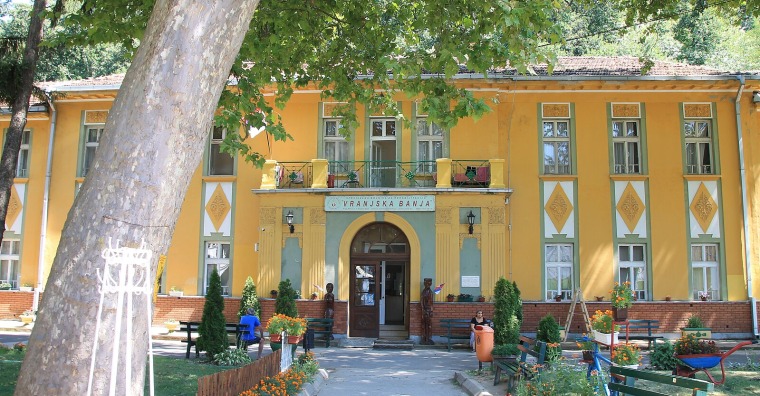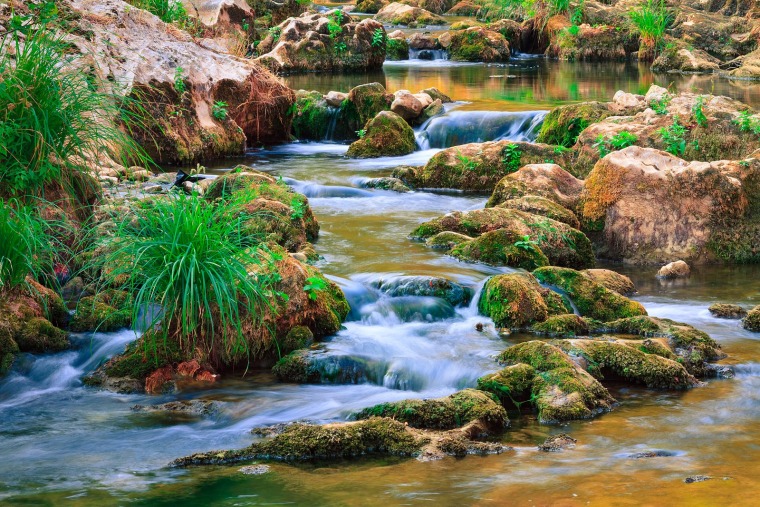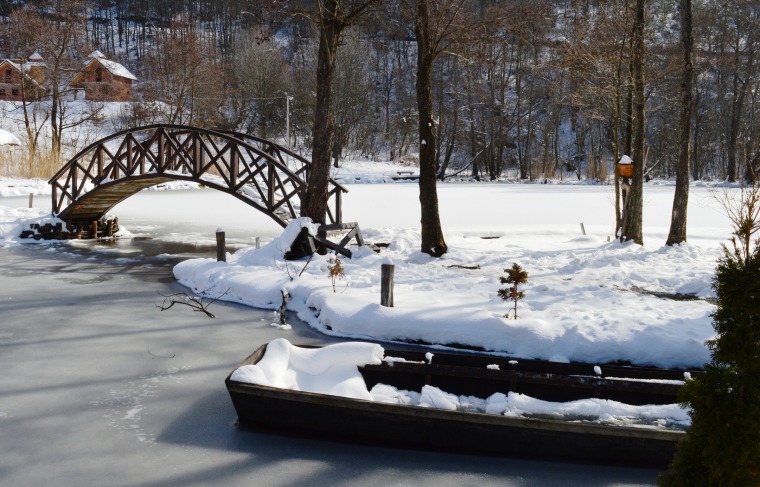Once a trendy center of gala balls at “Staro zdanje”, today Bukovička banja (eng. Bukovička spa) is a significant rehabilitation center set in a docile ambient of the park-museum of white marble sculptures.
Ancient beech forest and blue plum orchards of Šumadija treasure the city of Arandjelovac and Bukovička banja in the very center of it, one of the most beautiful, most visited and most significant spas in Serbia.
Only 76 km from Belgrade, at the foothills of Mt. Bukulja and Mt. Venčac, five mineral springs are known to people for ages.
In modern times, their waters are among the best in Serbia for their beneficent effects and results in curing numerous diseases.
Thanks to its long and rich history and the fact that it was the favorite destination of Prince Miloš and the Obrenović dynasty that has significantly contributed to the development of the spa, Bukovička banja has been included in the program “Serbian Royal Spas”.
Once a trendy center built on the model of spas in Western Europe, today is a significant rehabilitation center, and a unique museum in the open.
Today the spa has one spring of hot and four springs of cold mineral water which curative effects attract 40,000 visitors a year.
Guests of Bukovička banja have the opportunity to enjoy the invigorating mineral water baths, as well as cold treatments with curative clay that are exceptionally useful for body rehabilitation and revitalization, as well as for most modern methods of therapy for the treatment of diseases of gastrointestinal system, diseases of hepatobiliary system and pancreas, metabolic diseases (diabetes), diseases of the urinary system, respiratory system (chronic bronchitis and asthma), rheumatic diseases, endocrinological diseases, disorders and diseases of the peripheral circulation, neurological diseases, and injuries and diseases of the locomotor apparatus.
Surely the best known and the most significant spring in Bukovička banja is the spring of cold mineral water “Knjaz Miloš”.
The bottling of this water began in the first decade of the last century. At that time the entire process was done manually, and today it is one of the most famous bottled mineral waters in the country, awarded at numerous international fairs.
Besides curative waters, during their stay in Bukovička banja guests can also enjoy walking in the French park, one of the most beautiful parks in Serbia, especially in its fragrant floral arbor walks of rare and unique flora.
The experience of the park will be enriched by the view on the beautiful “Staro zdanje” (eng. Old building), one of the most beautiful buildings of Serbian romanticism, fountains and sculptures made of the top quality white marble from Mt. Venčac.
A unique museum of sculptures made of white marble out in the open found its place in the idyllic ambient of the park of Bukovička banja.
For the last 47 years it hosts the International Art Manifestation “Mermer i zvuci” (Marble and sounds), one of the most prominent art manifestations in Serbia. Each year this assembly of sculptors and ceramist is accompanied by rich music, literary, art, film and folklore programs.
Two silver pistols for a spa
Curative waters of Bukovička banja were discovered near the village of Bukovik, after which the spa was named.
According to the stories from this area a word about the first spring spread around just accidentally after a visit of Prince Miloš Obrenović to the village of Vrbica (today’s town of Arandjelovac), where he headed for the celebration of the village’s slava (saint patron day)
Prince Miloš was accompanied by a certain prominent doctor who was taken by the villagers to the nearby forest and showed him the spring of “iron water” about which powers the villagers kept talking.
After the doctor confirmed what the villagers knew for a long time, the prince bought that forest with a miraculous spring for two silver pistols and set the foundations of today’s spa.
Since then, by order of Prince Miloš the water from this spring, that was later named after him, was brought to court where it was used for drinking.
Even Dositej Obradović, great Serbian scholar, used the invigorating powers of this spring in the early 19th century.
In the late 19th century the spa got the first heated water for the spa baths. Hot steal cannonballs were put into wooden baths with water and that way one of the springs was named “Djulara” (djule – cannonball).
How to get to Bukovička banja?
Bukovička banja is located in the very center of Arandjelovac, 76 km from Belgrade and you can get here by bus or by car.
If you decide for your own transportation, the fastest way to get here is on the E-75 highway from Belgrade across Mladenovac.
If however you prefer coming by bus, there are every day bus service to Arandjelovac from the majority of towns in Serbia, and a bus ride from Belgrade will take you an hour and a half.
When you are already here, don’t miss…
Numerous cultural and historical monuments are located near Bukovička banja, such as “Karadjordjev grad” (Karadjordje’s Town) in Topola, the mausoleum of King Petar I Karadjordjević at Oplenac, Orašac (the starting point of the First Serbian Uprising in 1804), numerous monasteries in the Ovčar-Kablar Gorge – the Blagoveštenje monastery, the Voljovača monastery, the Nikolje monastery.
You must visit Topola, 13 km from the spa at the foothill of Oplenac. Visit the Karadjordje’s Church with the memorial plaque with the names of local soldiers who lost their lives in the Balkan wars.
Once at Oplenac visit the endowment of king Petar I Karadjordjević, the St. George Church where lie the sarcophaguses of king Petar I and Grand Leader (Veliki Vožd) Karadjordje.
Once you’re here in Topola and at Oplenac don’t miss the opportunity to enjoy the wines from this rich viticulture region and be sure to visit the Oplenac Grape Harvest at the beginning of October.
The Risovača cave is located just near the Bukovička banja, a true Palaeolithic museum in our country, where visitors can see the life-size reconstructions of early man – the prehistoric Neanderthal hunter.
If you’re looking for an active holiday and you’re a fan of fishing, there is lake Graško that abounds in fish, only 6 km from the city. The slopes of surrounding mountains Bukulja, Venčac and Rudnik are rich with game and there are numerous hunting grounds to be found here like “Kamenica” in the municipality Topola.
Related Articles
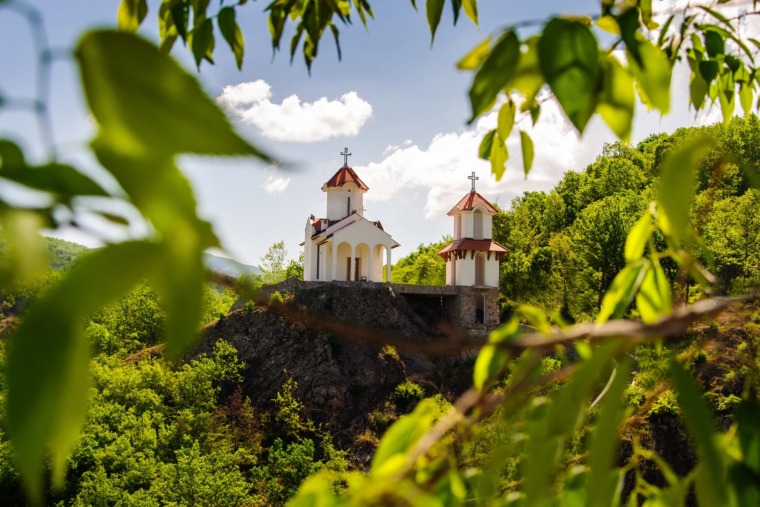
Prolom Banja – November Wellness and Mystical Landscapes
October 30, 2025



